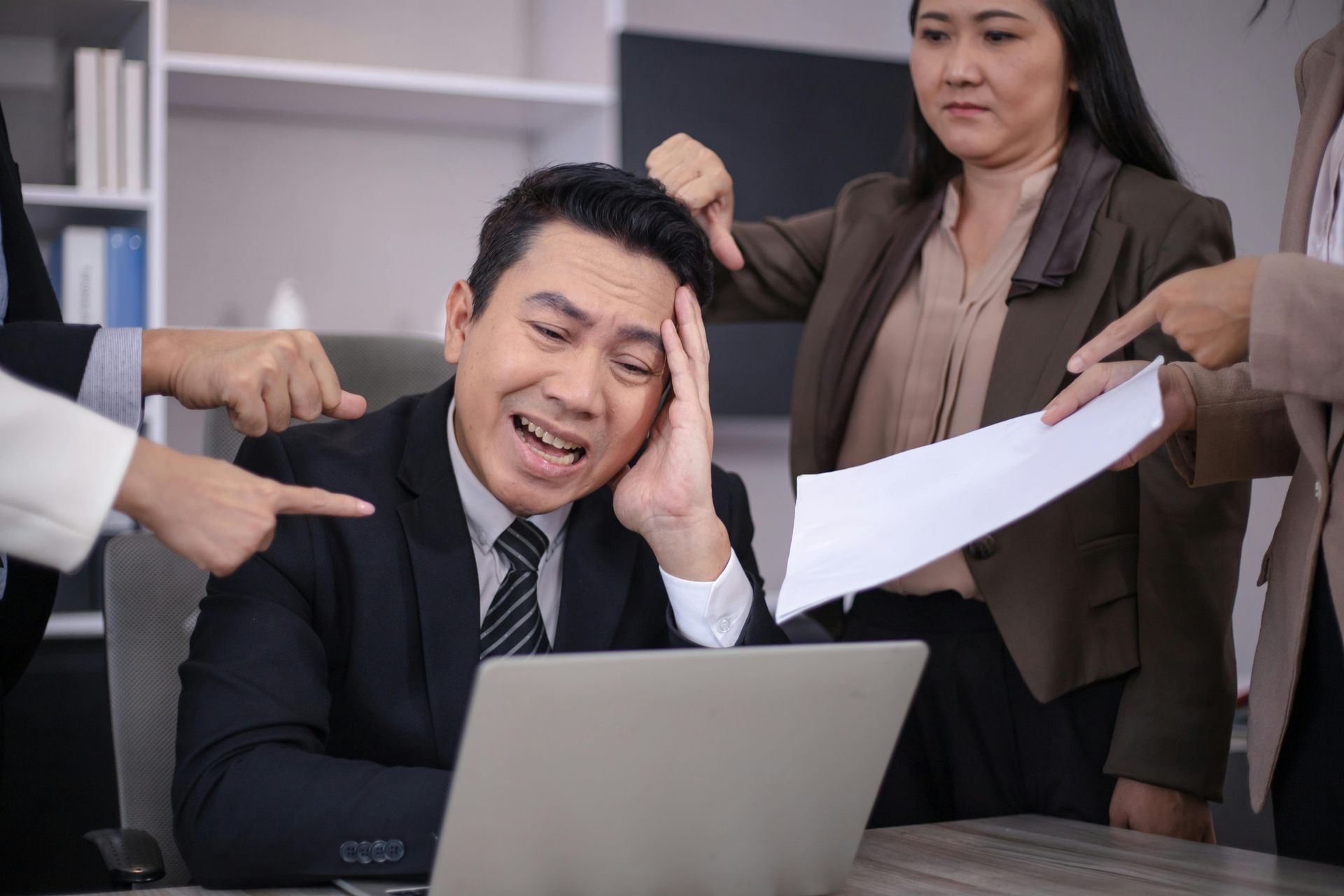NON-SOLICITATION AGREEMENTS
Texas Attorney
A non-solicitation agreement is a legal agreement between two or more parties that consists of a set of standards to abide by regarding the protection of business clients after employment.
KEEPING AN EX-EMPLOYEE FROM STEALING YOUR CUSTOMERS
How Can A Business Lawyer Protect My Business?
It is no secret that in the business world, individuals that were once your best allies can become your worst enemies. Additionally, these allies may be former employees, who happen to know your business, your customers, and also know how to correlate the two together. This in return can be a nightmare if the employee is fired or quits and makes the choice to take this knowledge someone else. Furthermore, it’s essential to know in which ways to prevent an exodus of said clients at the hands of an ex-employee to prevent business loss.
Our Dallas business attorneys can advise you on a wide range of business and corporate agreements. When you work with our firm, you can rest assured you will receive diligent legal counsel from a lawyer well versed in business, corporate and commercial law.
Executing A Non-Solicitation Agreement
Upon hiring an employee, a business owner should consider having them sign a non-solicitation agreement. This agreement states that the employee can not contact any of the said business clients for a certain period of time after they leave their position, whether they are let go or leave on their own. Even though this agreement will not provide protection long term, it buys you time after they leave. During this time, it is wise to secure your relationship with these clients to prevent anything happening as far as the ex-employee stealing them away.
Each state has their own non-solicitation agreement laws, so it’s essential to check the requirements for the area in which your business is located. A few key elements to consider are:
- You must have a valid reason for the agreement.
- You must have confidential information that needs protection.
- You must include a statement that your employees and customers are not prohibited from leaving their jobs or a business relationship.
Proving a Violation of a Non-disclosure Agreement
If a non-solicitation agreement is executed, its crucial to know that you are only protected from your former client contacting your clients. Unfortunately, you will not be sheltered from any of your clients contacting your former employees. This in return means that if you did have a case, your former employee is not likely to admit they were the ones who made contact with the clients first and would be hard to prove. In order to protect yourself to a fuller extent, it’s best to include a clause to the agreement that states that for a given amount of time, employees can make no contact whatsoever with the clients of the company regardless of who initiates the contact.
Insider- Dealing, What is it?
One issue to consider may be an insider obtaining client information for customer poaching. This may look like one of your top salespeople switching to a new position within a competitive company, while remaining friends with individuals at your company while using them to obtain client data or contact information. To get ahead of a possible situation that mirrors such, additional non-solicitation agreement clauses are needed that directly address the recruitment of other employees and the ability to work for a competitor for a given time.
Perceived Legality
If the said customers were a part of an internal company lead, they may be protected by the law. Moreover, anyone who worked for the company is unable to use information provided to them by your company to solicit goods or services, also know as “trade secrets”. These secrets are perceived to be protected by law, but it’s always best to consult with an attorney experienced in this area of law.
Additionally, the American Bar Association reported on a case from 2017 focusing on the United States District Court’s decision for the Eastern District of New York regarding Art & Cook, Inc. v. Haber. The issue in question, was the definition of “reasonable measures” that were taken to protect company information and whether or not a customer list can be classified as a trade secret? For this case in particular, the customer list was generated from publicly sourced information and therefore not eligible for protection under the Defend Trade Secret Act. Overall, this case highlights that a case cannot be made against a former employee stealing customer information if it is public.
Need any help?
CLIENT MATTERS
5,000+
YEARS OF SERVICE
25+
Award Winning
Recognized in the legal industry as dedicated board-certified lawyers and Rising Stars.
Expert Team
Your project will be handled by legal experts every time. You will have the most experienced attorneys working for you.
Quality Representation











